Funded by the Japan Biodiversity Secretariat, Environmental Foundation Limited generated 16 maps based on biodiversity and socio-economic data as well as development plans of the government of Sri Lanka. These maps include existing protected areas, proposed gaps in protected areas, forest areas important for erosion and flood control, habitat suitability and corridor models, as well as areas identified for commodity agriculture and large scale infrastructure. The purpose of this project was to understand where biodiversity targets will conflict with development goals and socio-economic objectives, and how biodiversity conservation priorities how could be better identified and integrated with other development plans.
The study found that more conservation attention should be paid to the wet zone, where forests support a rich array of small endemic species, while large gaps in the dry zone system of protected areas could be remedied by the creation of ecological corridors. The outputs of the project also showed where planned infrastructure developments would overlap with protected areas, severing ecological connectivity and destroying habitat. Given the decline of rubber and tea as commodities in the global market, the study recommended that conversion of forest to large scale commodity plantations should be halted and abandoned plantation land used for reforestation purposes.
As a signatory to the Convention on Biological Diversity, Sri Lanka developed a National Biodiversity Strategic Plan. However research indicates that only 19% of the NBSAP’s recommendations were achieved, mainly due to the poor integration of biodiversity targets with the plans and programmes of government development sectors. The lack of synthesis between conservation goals and development goals at different levels results in top-down, infrastructure oriented development being prioritized over the protection of local communities and their environments. It is imperative that these areas are aligned at national and local level through a comprehensive set of guidelines that account for the particular Sri Lankan context which considers not only the social, cultural, economic implications for communities, but the environmental impacts of not only development, but the interlinked displacement and relocation of communities. Within such a setting, it is also necessary to consider the grave impacts on forest areas and resident wildlife populations in particular that are being subject to severe harm due to human activities and encroachment.
The study and its database provide a launching pad through which these potential land-use conflicts between conservation and development can be identified and suggests that by uplifting livelihoods and engaging with local communities, local development can ensure environmental conservation goals alongside socio-economic objectives. Examples include Payment for Ecosystem Service Schemes be it towards enhancing watershed services, pollination services, or the restoration and preservation of forest ecosystems towards enhancing disaster risk and reduction services. These initiatives can raise awareness on the importance of conservation at local level to ensure the support of local communities in activities and initiatives complementary to ecosystem service provision through home gardening and cultivation in particular.

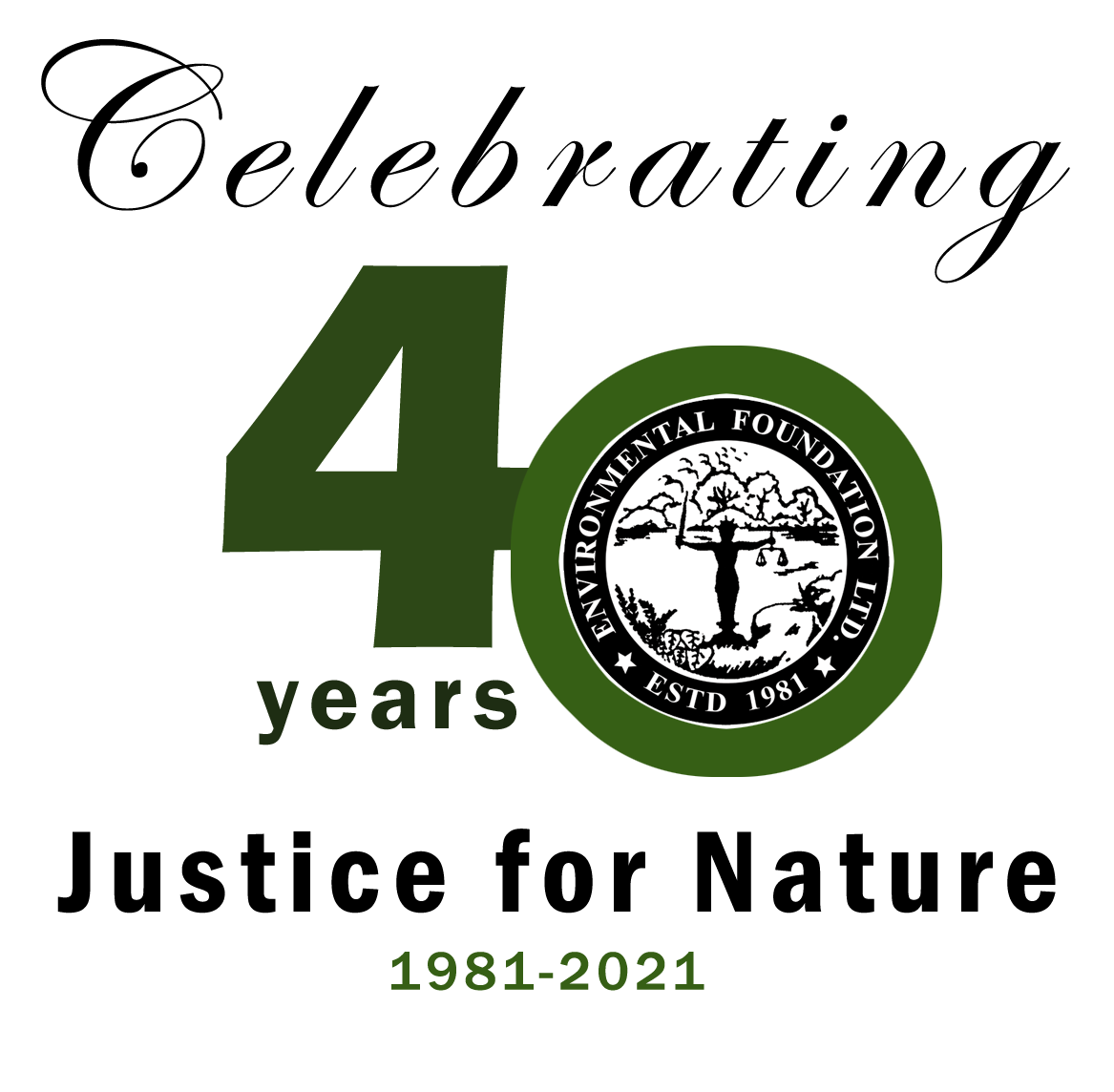

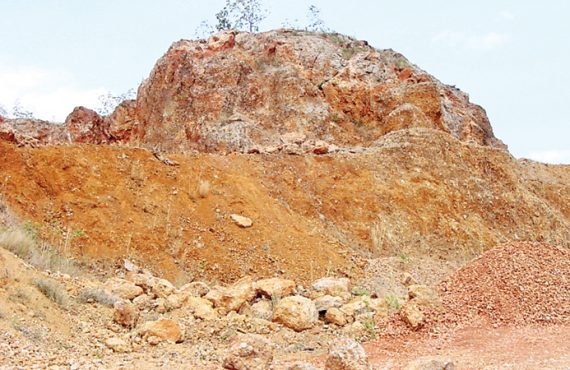
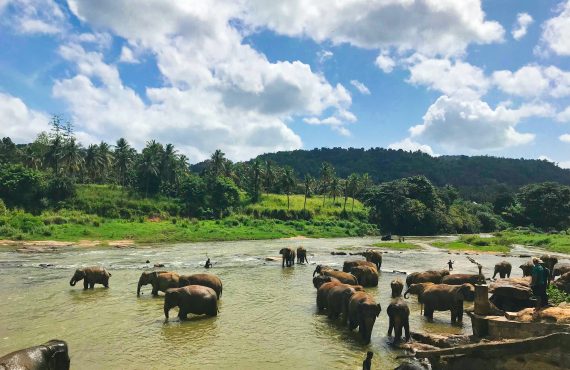






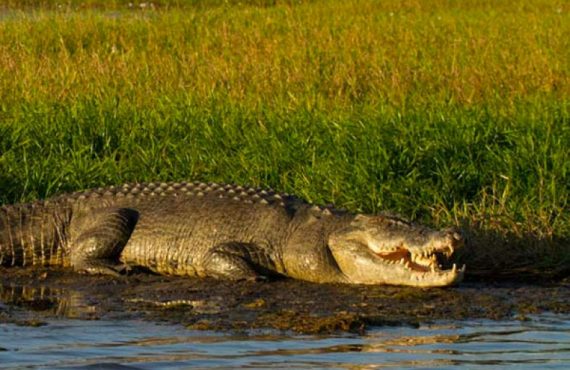
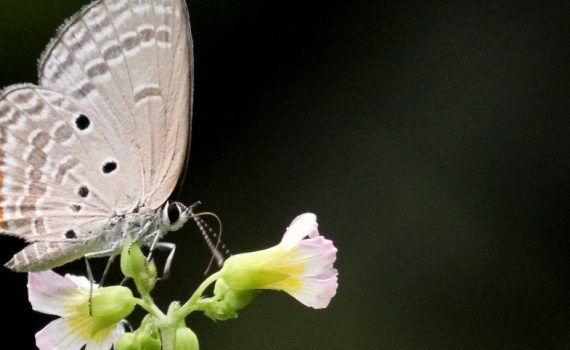
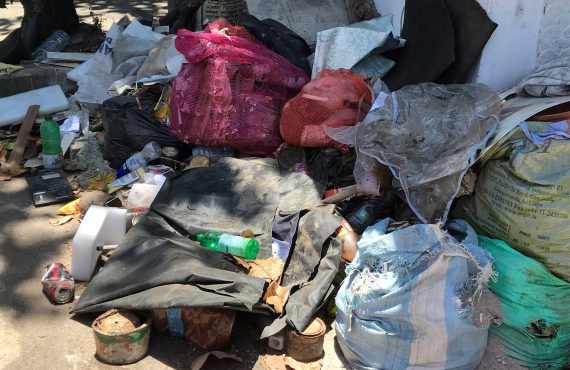




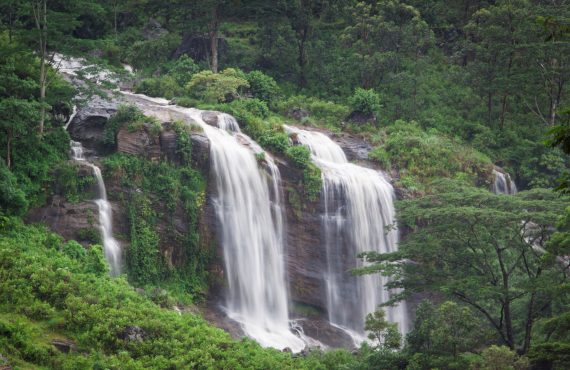




No comments yet.